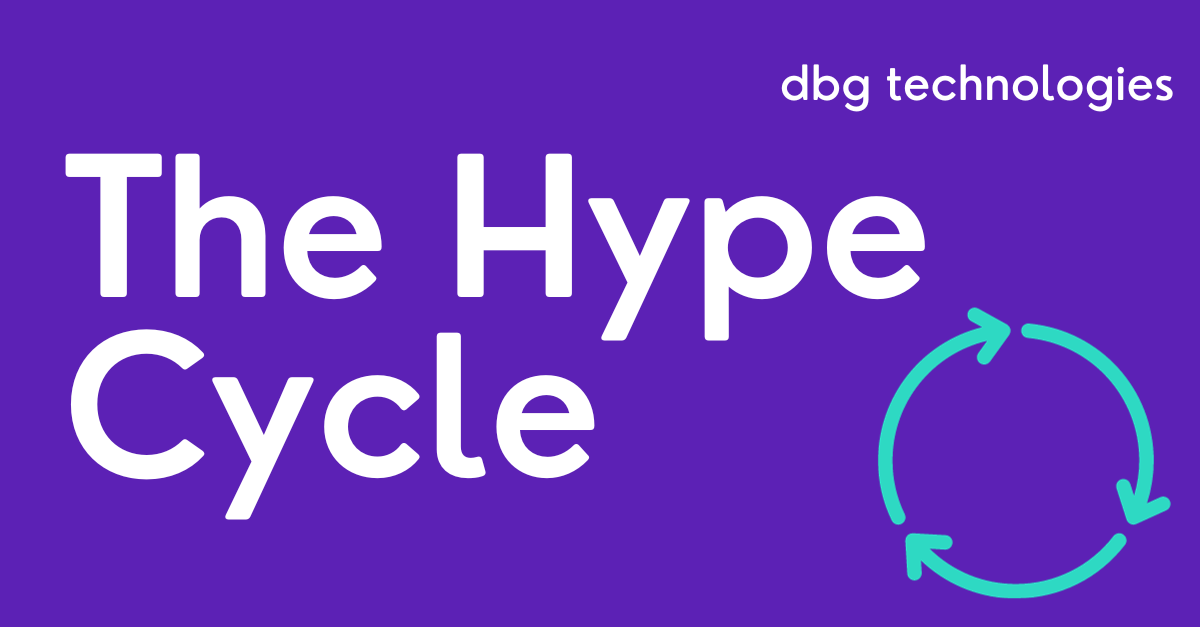 The Hype Cycle for Digital Commerce 2023, a concept developed by the research and advisory firm Gartner represents the maturity, adoption, and social application of specific technologies or trends in various industries is concept a concept often used to understand the lifecycle of emerging technologies and their impact on businesses and consumers.
The Hype Cycle for Digital Commerce 2023, a concept developed by the research and advisory firm Gartner represents the maturity, adoption, and social application of specific technologies or trends in various industries is concept a concept often used to understand the lifecycle of emerging technologies and their impact on businesses and consumers.
The Hype Cycle emphasises the importance of digital commerce in driving growth while keeping costs in check. In this landscape, nearly half of the technologies fall within the spectrum between the peak and the trough, showcasing the industry’s dynamic nature.
When applied to eCommerce, the Hype Cycle offers a comprehensive overview of the technologies and trends that are poised to impact the digital commerce landscape.
Here’s how the Hype Cycle graph typically works:
Technology Trigger
This is the initial stage where a new technology or trend emerges, such as the introduction of a revolutionary eCommerce platform, a breakthrough in payment technology, or a novel marketing approach.
Peak of Inflated Expectations
In this stage, there’s a lot of excitement and hype and high expectations around the technology and its potential benefits, and there may be early success stories.
Trough of Disillusionment
After the initial excitement, the technology faces challenges, limitations, setbacks and the promised benefits may be harder to achieve than initially thought. This stage sees some abandonment of the technology.
Slope of Enlightenment
During this stage, the understanding of the technology improves, and best practices emerge, becoming more refined and useful.
Plateau of Productivity
At this stage, the technology becomes mainstream, it’s widely adopted, its benefits are well-understood, and it is integrated into operations as a standard practice.
A significant theme in 2023 is “composability”, a concept that extends beyond the core digital commerce platform, encompassing ecosystem applications like Digital Experience Platforms (DXP) and product configurators. Digitally advanced organisations are increasingly adopting composable applications, while others are gradually integrating them, often starting with fewer modules to reduce costs.
With Generative AI on the rise vendors are actively investing in this technology to enhance their offerings. Key areas where generative AI is making an impact include product content generation, catalogue mapping, search and product discovery, customer segmentation, product recommendations, conversational interfaces, and machine commerce.
The Hype Cycle for Digital Commerce reveals significant shifts in technology trends compared to the previous year. Notably, Payment as a Packaged Service is climbing from the peak, reflecting its value to payment vendors and software companies. Frontend as a Service (FEaaS) has moved away from the trigger and is closer to the peak, indicating its potential.
Digital Experience Composition (DXC) debuted in the Hype Cycle last year and is moving steadily toward the peak, offering business-user tools that enhance productivity. Contextualised real-time pricing and customer journey analytics are descending toward the trough, emphasising the industry’s increasing focus on unified commerce and personalised experiences.
The Priority Matrix offers a roadmap for digital commerce technologies based on their expected adoption timelines. Notable technologies include Digital Sales Rooms and Conversational AI for Digital Commerce, with transformational effects anticipated in the next two to five years. Machine commerce, modular commerce, Product Data MDM, and virtual customer assistants are also expected to mature in the coming years, offering significant benefits to organisations.
The timing and specifics of the Hype Cycle can vary depending on the technology or trend in question, and it’s essential to conduct thorough research and analysis to determine where a particular eCommerce-related technology or trend stands on the cycle, and how it may impact your business.
